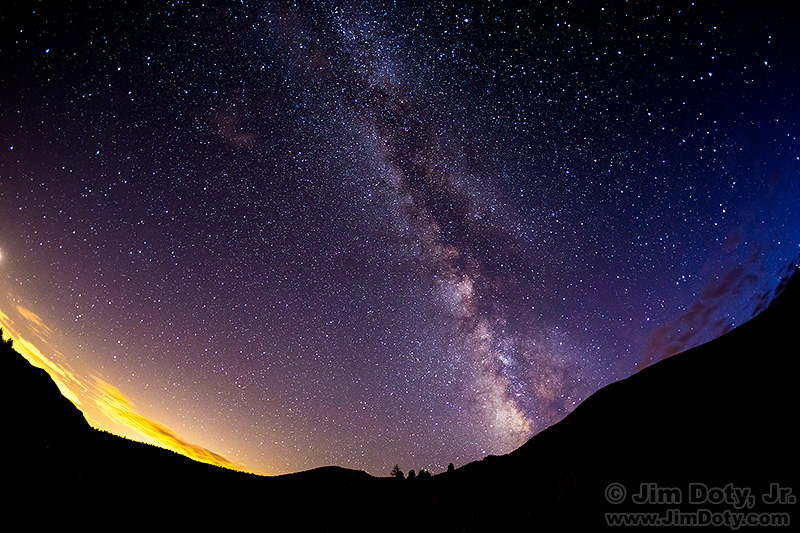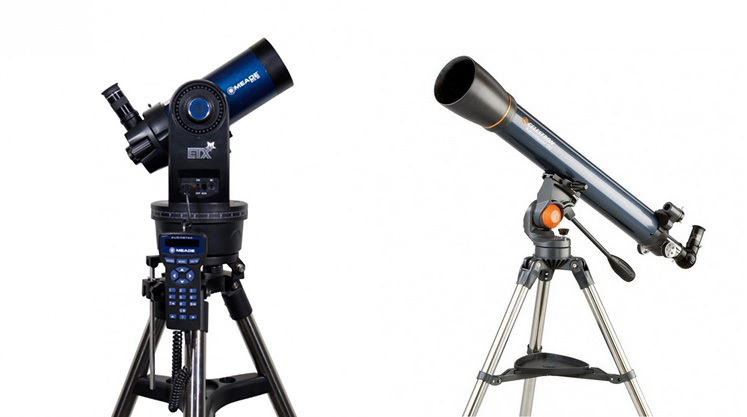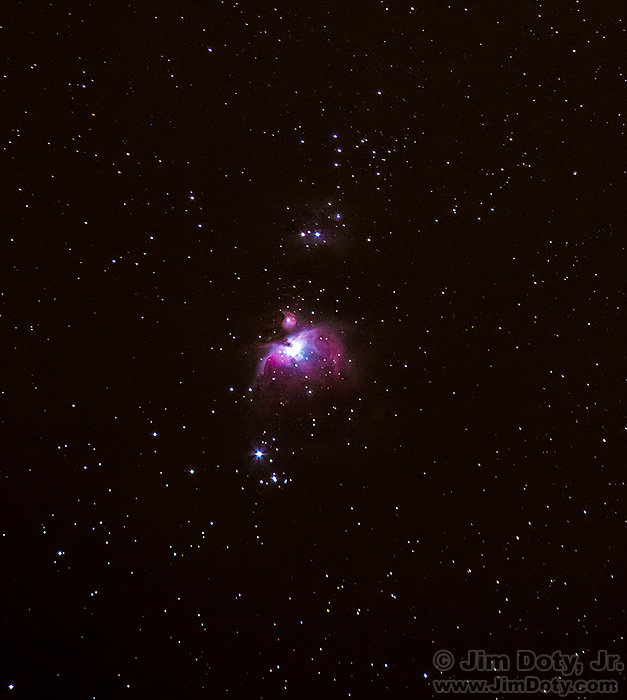Astronomy is one of my hobbies so I get questions about telescopes. Here is some basic advice with suggestions as to places to go to get the best information.
Despite using telescopes for over 30 years, I am not a telescope expert. But I am telescope knowledgeable. Since people come to me looking for advice, I point them in the right direction to get really excellent advice so they don’t get burned making a purchase they will regret later.
Speaking of regret, for decades, well intentioned people have been buying cheap telescopes from big box stores, only to be seriously disappointed when can’t even get a decent view of the moon, much less some object in the night sky that is more challenging. Sometimes the telescope is a gift for their children, which makes it even worse. Few things are more discouraging to a budding astronomer than a telescope that just won’t do the job.
The quality of most of these cheap big box store telescopes is simply lousy. Instead of a telescope, it would make more sense to buy a good pair of binoculars. Good binoculars will give you a better view of the moon and the stars than a cheap telescope. In fact, when you want to see more than your naked eyes will show you, a good pair of binoculars is probably the best way to enjoy the night sky when you are first starting out.
I highly recommend you get a used copy (at Amazon) of Ken Fulton’s wonderful little book The Light Hearted Astronomer. It is my favorite introduction to amateur astronomy. It will save you time and money and get you started right. It is a quick read. He starts with advice on how to use binoculars and them moves on to choosing and using telescopes. It is one of several excellent books in the Night, Astronomy, and Astrophotography Books section of my Photography Store which has direct links to Amazon.com
Fortunately for me, when I started buying telescopes more than 30 years ago, I received some excellent advice from Fred Bieler at Astronomics in Norman, Oklahoma. In fact, the best advice I can give you for buying telescopes is to go to the Astronomics site. Astronomics is the ONLY place I recommend to people who want to buy a telescope and I have been sending friends to Astronomics for years. It is a family owned business that is now in its third generation. Look over their web site, and them give them a call at 800-422-7876. You can count on good, knowledgeable, honest advice.
You basically have two choices when it comes to telescopes, a refractor or a telescope with a folded light path. I have one of each. I bought a 90 mm Celestron refractor and a Meade 2045 Schmidt-Cassegrain back in the 80s. Refractors (on the right in the photo at the top) are what most people think of when they picture telescopes. They have a straight light path from the front to the back of the telescope. Your other choice is the group of telescopes telescope with a folded light path (reflectors and catadioptrics) that bounce light back and forth between mirrors, so they are more compact (on the left in the photo at the top).
Which should you get? That depends on a lot of things. The best way to figure that out is to read Fulton’s book, and then call Astronomics. They are the experts.
I can tell you that Celestron and Meade are two highly respected telescope brands with modest to mid-range prices. They have been around for decades. I suggest you get a good middle of the road model, not the cheapest models, and not the top of the line, most expensive models.
Highly respected, high end telescopes are made by Questar, Televue, and Takahashi. Unless you have more money than you know what to do with, I would suggest you pass on the high end stuff if you are buying your first telescope. If the day comes that you want to move up from a $250, $500, or $1,000 telescope to a $3,000, $6,000 or $12,000 model, the premium brands are out there and Astronomics will help you make a wise choice.
If you are thinking about using a telescope for astrophotography, just be aware that it is one of the most complicated photography fields. It will take a ton of hard work and hours of practice to get a half way decent image. A telescope is the last tool you should use to photograph the night sky, not the first. You should start by shooting the night sky with just a camera, lens, and tripod. Then get a basic sky tracker. Read this series of articles: “How To†Series: Astrophotography with the iOptron SkyTracker.

The Milky Way from Horseshoe Park, Rocky Mountain National Park. Canon 5D Mark III and Canon 15mm lens.
Telecope Purchases
Article Links
The Best Night, Astronomy, and Astrophotography Books
How to Photograph the Milky Way
“How To†Series: Astrophotography with the iOptron SkyTracker.
Book Purchase Link
Night, Astronomy, and Astrophotography Books – at my photography store
Series Link
This is one in a series of articles that will guide you to the best of all things photographic. The rest are here: Buyer’s Guide: Recommendations For The Best Photography Equipment, Software, Books, Magazines, DVDs, Online Photo Labs and More.


